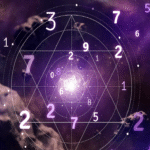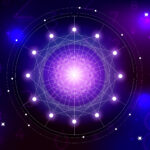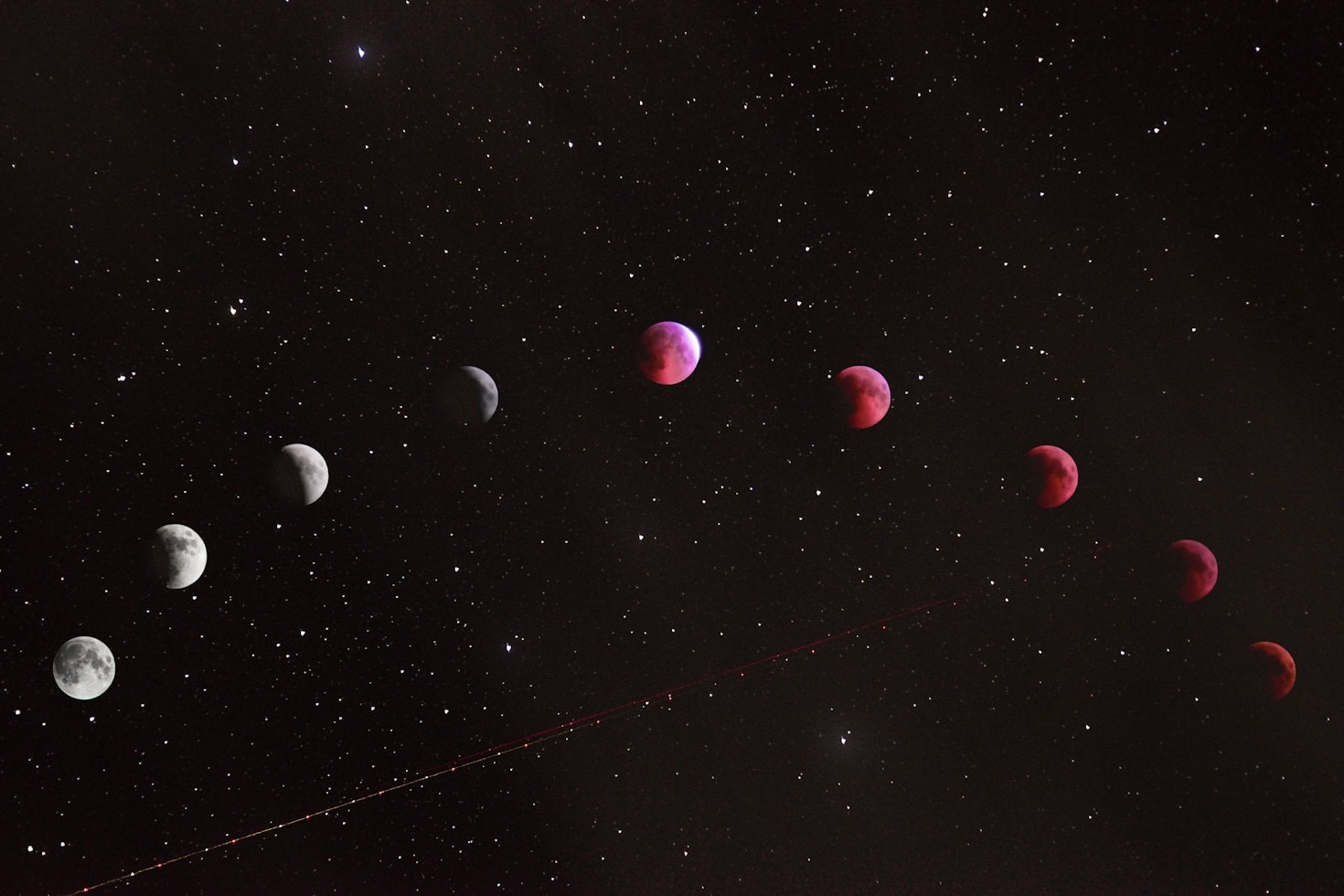Welcome to the Cosmic Map: Your Inner World in Jyotish
Embark on an enlightening journey into the heart of Jyotish as we explore the domain of Chandra, the Moon. In Vedic Astrology, Chandra holds exceptional significance, arguably more central to individual experience than Surya (Sun). It represents the Manas (mind), emotions, mother, and the public, acting as the receptive core of our being. This guide is your map to the Moon Sign Explained (Chandra Rashi), revealing its profound connection to Emotional Needs Astrology (Vedic perspective), Inner Self Astrology (Manas), Astrology Feelings (Bhavana), and the pervasive Lunar Influence (Chandra Prabhav) shaped profoundly by the Nakshatras.
First Stop: The Traditional Foundations of Chandra
(The Traditional Jyotishi’s View)
Our journey begins in the ancient lands where Chandra was revered as a primary Graha, governing the mind’s fluctuations, fluids, fertility, mother figures, and the masses. Its position determines not just the emotional nature but also the starting point for the most crucial predictive system in Jyotish.
- Historical Context: Classical Jyotish places Chandra at the forefront of natal chart interpretation. Its Rashi (sign), Bhava (house), Paksha Bala (waxing/waning strength), aspects (Drishti), and Nakshatra (lunar mansion) placement are meticulously analyzed. A strong, well-placed Chandra indicates mental peace, emotional stability, good relationship with mother, and public support.
- Classical Techniques:
- Janma Rashi: The sign containing the Moon is your Moon Sign, fundamental to understanding your mental disposition.
- Janma Nakshatra: The specific Nakshatra (one of 27) occupied by the Moon is paramount. It determines the starting point of the Vimshottari Dasha system, the primary predictive timing technique in Parashari Jyotish.
- Paksha Bala: The Moon gains strength as it waxes towards fullness (Purnima) and loses strength as it wanes towards newness (Amavasya). This significantly impacts its ability to bestow positive results.
- Traditional Interpretations: Chandra reveals innate mental tendencies, emotional responses, connection to mother and homeland, and capacity for nurturing. Its Bhava placement shows where the mind is naturally focused or finds comfort/fluctuation.
- Expert Insight (Traditional Source): “Chandra is the seed of the native’s mind… From the Moon’s Nakshatra springs the calculation of the Dashas, revealing the unfolding of karma throughout life.” – Principle derived from Brihat Parashara Hora Shastra.
- Hidden Wisdom: Gaja Kesari Yoga: A classic benefic yoga formed when Jupiter (Guru) is in a Kendra (angular) position from Chandra. It traditionally indicates intelligence, virtue, wealth, and renown, highlighting the Moon’s pivotal role in major planetary combinations.
- Critical Considerations: An afflicted or weak Moon (e.g., waning, conjunct malefics like Saturn/Rahu) was traditionally seen as indicating significant mental distress or difficulties with mother/public, requiring careful analysis and potential remedies (Upayas).

Crossing the Bridge: Where Mind Meets Consciousness
As our path unfolds, the traditional understanding of Chandra as the mind and emotional indicator deepens. Contemporary Jyotish explores the nuances of the Manas (mind) as the receiver of sensory input and the seat of feelings, linking it to concepts of consciousness, subconscious patterns, and the quest for inner peace (Shanti) within the Vedic framework. The Lunar Influence is seen not just as passive reception but as the very screen upon which life’s experiences are perceived.
Second Stop: The Contemporary Interpretation Landscape
(The Modern Jyotishi’s Approach)
We now enter the territory where Chandra is explored as the key to our Inner Self Astrology, emotional intelligence, and connection to the subconscious within the Jyotish paradigm.
- Contemporary Methods: Modern Jyotishis deeply analyze the Moon’s Rashi, Bhava, and especially its Nakshatra to understand core Emotional Needs Astrology. The Nakshatra provides incredibly specific nuances regarding temperament, motivations, and patterns related to nurturing and security. Aspects and Yogas involving Chandra reveal key emotional dynamics.
- Psychological Insights (Vedic Lens): Chandra represents the Manas – the processing center for thoughts and emotions, distinct from Buddhi (intellect, often linked to Mercury/Budha) and Atman (soul, Surya). Understanding your Chandra Rashi/Nakshatra helps identify triggers, emotional response patterns, and what truly provides mental comfort and security. It illuminates the subconscious mind (chitta) and ingrained habits (samskaras).
- Evolving Interpretations: The Moon’s connection to mother is explored not just literally, but also as the archetype of nurturing and our capacity to receive and give care. Its link to the public extends to understanding social integration and collective consciousness. The impact of challenging placements (e.g., Kemadruma Yoga – Moon isolated) is explored psychologically as feelings of emotional isolation requiring specific coping strategies or remedies.
- Technique Deep Dive: Nakshatra Padas: Each Nakshatra is further divided into four ‘padas’ (quarters), each associated with a different Rashi sign in the Navamsa chart. Analyzing the specific Pada of the Moon adds yet another layer of precision to understanding the mental and emotional disposition.
- Expert Insight (Modern Jyotishi): “Chandra is the heart of your experiential world in Jyotish. Its Nakshatra tells the unique story of your mind, your needs, and how you perceive reality. Nurturing your Chandra is key to inner peace.” – Contemporary Jyotish Practitioner.
- Alternative Approaches: Exploring Chandra’s connection to Ayurvedic doshas (Vata, Pitta, Kapha) through its sign and Nakshatra can offer insights into mind-body connections and emotional balancing.

Third Stop: The Student’s Learning Curve
(The Student’s Journey)
For the Jyotish student, grasping Chandra’s paramount importance—often exceeding the Sun sign’s role in personality description—is fundamental. Learning the 27 Nakshatras is a major, yet rewarding, undertaking.
- Learning Process: Students must learn Chandra’s significations (mind, mother, emotions, public), its dignities (exalted in Taurus/Vrishabha, debilitated in Scorpio/Vrischika), and the core meanings of the Rashis it occupies. The biggest step is delving into the Nakshatras: their names, symbols, deities, and core themes. Understanding Paksha Bala and the basics of the Dasha system follows.
- Common Questions: “Why is the Moon sign considered so important in Vedic Astrology?” Answer: Because it reflects the mind (Manas), our immediate perceptions and feelings. Crucially, the Moon’s Nakshatra determines the Vimshottari Dasha sequence, mapping out planetary periods and thus the unfolding of karma over decades. “Which Nakshatra is mine?” Answer: It’s the Nakshatra the Moon was transiting at your exact birth time, requiring precise calculation using a Jyotish software or ephemeris with the correct Ayanamsa.
- Breakthrough Moments: A significant ‘aha!’ moment occurs when a student reads the description of their Janma Nakshatra and deeply resonates with its specific qualities, going far beyond the general Rashi description. Understanding how their current Dasha period relates to their life experiences is another major breakthrough.
- Expert Insight (Jyotish Student): “Learning my Moon was in Ashwini Nakshatra explained my impulsive emotional responses and need for speed way better than just saying ‘Moon in Aries’. The Nakshatras are game-changers!”
- Misconceptions vs. Reality: Misconception: Moon sign compatibility (based solely on Rashi) is the main factor in relationships. Reality: Nakshatra compatibility (Koota matching) is a far more detailed and traditionally emphasized system in Jyotish for assessing relationship potential. Misconception: A waning Moon is inherently ‘bad’. Reality: While a waxing Moon is generally stronger, a waning Moon can still give good results depending on sign, house, and aspects. It might indicate a more introspective nature. Getting the Moon Sign Explained in Jyotish means embracing Nakshatras and Dashas.

Fourth Stop: The Realm of Practical Application
(The Practical Application Expert’s Guidance)
Our final stop explores how Chandra’s wisdom is used for tangible guidance in Jyotish.
- Real-World Usage: Understanding Chandra Rashi/Nakshatra helps manage emotions, identify core needs for mental peace, improve relationships (especially with mother figures), navigate public interactions, and understand the timing of life trends via the Dasha system. It’s central to compatibility analysis (Kundali matching) and Muhurta (electional astrology), as the Moon’s transit through Nakshatras is key for choosing auspicious times.
- Client Experiences: Clients often find immense validation understanding their emotional nature through their Chandra Nakshatra. Dasha analysis provides a framework for understanding current challenges or opportunities. Guidance often includes practices to soothe the mind based on Chandra’s placement.
- Practical Tips:
- Identify your Janma Nakshatra and read detailed descriptions. Reflect on how its themes manifest in your mental and emotional patterns.
- Learn your current Mahadasha (major planetary period) and Antardasha (sub-period) to understand the prevailing energetic themes in your life.
- Practice activities that align with your Moon sign/Nakshatra’s needs for emotional well-being (e.g., a Rohini Moon might need comfort and beauty, a Mula Moon might need deep inquiry).
- Pay attention to the Moon’s transit (Gochar) through signs and Nakshatras for daily emotional climates.
- Technique Deep Dive: Tara Bala: A traditional technique assessing the favorability of the daily transit Moon Nakshatra relative to one’s Janma Nakshatra (birth Nakshatra), used for basic daily electional guidance.
- Expert Insight (Jyotish Consultant): “Understanding a client’s Chandra placement and current Dasha is like having a map and compass for their inner world and life journey. It allows for targeted advice on emotional well-being and navigating life phases.”
- Step-by-Step Image Suggestion: Simple infographic: 1. Find Your Chandra Nakshatra. 2. Identify its Deity/Symbol (e.g., Swati – Vayu/Wind). 3. Core Need/Theme (e.g., Independence/Diplomacy). 4. Self-Care Tip (e.g., Allow freedom, practice balanced communication).
Journey’s End: Your Personal Practice Path (Celestial Integration)
You have traversed the profound landscape of Chandra in Jyotish, from its traditional significance and Nakshatra connections to its contemporary psychological depth, learning pathways, and practical life applications. Integrating these perspectives allows you to honour the immense Lunar Influence in your life. Understand its role as Manas (mind), embrace the detailed wisdom of your Janma Nakshatra, be patient learning its language, and actively use its insights for emotional intelligence, mental peace, and navigating your life’s unfolding via the Dasha system. Chandra is the reflective heart of your Kundali; understanding it illuminates your Inner Self Astrology and Emotional Needs Astrology profoundly.
Map for Further Exploration (Further Learning)
- Lagna (Ascendant) and Lagnesha Explained
- The Significance of Bhavas (Houses) in Jyotish
- Introduction to Nakshatras (Detailed exploration of the 27)
- Introduction to Vimshottari Dasha System
- Surya (Sun) in Jyotish









